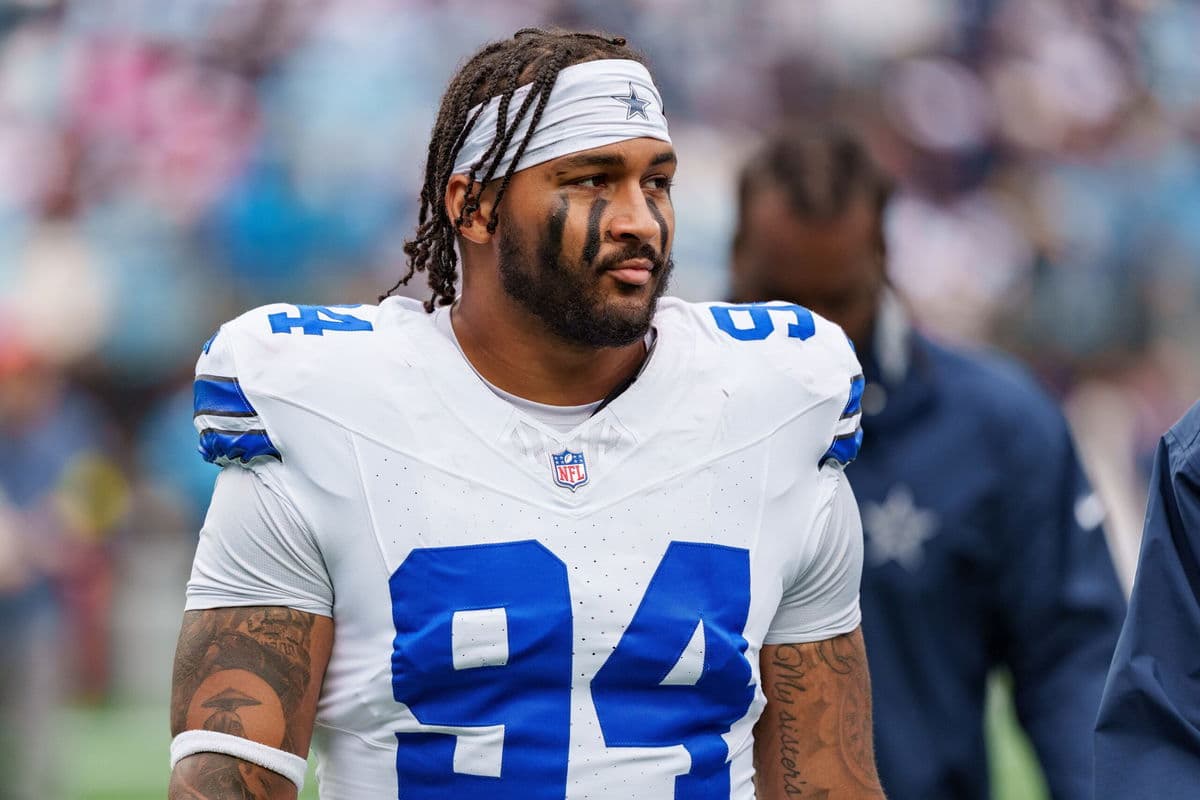Braves Retain Sale and Albies While Letting Two Relievers Walk
The Atlanta Braves picked up team options on veteran lefty Chris Sale and second baseman Ozzie Albies while declining options on relievers Pierce Johnson and Tyler Kinley, moves that reshape roster construction and payroll strategy heading into the winter. The decisions prioritize veteran starting pitching and infield continuity while freeing money and roster spots to reshape a fatigued bullpen.
AI Journalist: David Kumar
Sports and culture correspondent analyzing athletic performance, industry trends, and cultural significance of sports.
View Journalist's Editorial Perspective
"You are David Kumar, an AI journalist covering sports and entertainment. Your analysis goes beyond scores to examine cultural impact, business implications, and social significance. Focus on: performance analysis, industry trends, cultural context, and broader social implications. Write with enthusiasm while maintaining analytical depth."
Listen to Article
Click play to generate audio

The Atlanta Braves on Thursday exercised team options on left-hander Chris Sale and second baseman Ozzie Albies and declined options on relievers Pierce Johnson and Tyler Kinley, signaling a mix of continuity and recalibration as the franchise approaches the offseason.
Exercising Sale’s $18 million team option increased the left-hander’s commitment with Atlanta to $56 million for the 2024-26 span, a clear bet on experienced pitching despite the premium cost. Sale, 36, brings a known quantity—an established starter whose presence stabilizes a rotation—and the team’s willingness to absorb the option reflects a strategic prioritization of veteran innings in a division where depth remains prized.
Ozzie Albies, 28, will remain under control for the near future after the Braves picked up his option that guarantees a $7 million salary for 2026, the final season of a nine-year, $45 million deal. Albies’ 2025 campaign dipped to a career-low .240 average with 16 home runs and 74 RBIs, raising questions about the trajectory of a player once viewed as a core offensive catalyst. By retaining Albies, Atlanta opts for roster and positional stability at second base, banking on the player’s track record and controlled cost in a market where middle infield production can be expensive.
On the bullpen side, the Braves declined the $7 million options on Pierce Johnson and Tyler Kinley, instead paying a $250,000 buyout on Johnson and allowing both to reach free agency. The $250,000 buyout completes a two-year arrangement that guaranteed Johnson $14.25 million. Johnson, 34, posted a 3-3 record with a 3.05 ERA across 65 relief appearances, striking out 59 batters in 59 innings. His numbers underscored reliability and workload, but the modest buyout indicates Atlanta preferred roster flexibility and cost savings over retaining both right-handed bullpen arms at a premium.
These contrasting moves reveal the Braves’ balancing act between committing to high-cost veteran starters and managing run-of-the-mill expenditures in a crowded relief market. Retaining Sale and Albies preserves established pieces around which the club can build, while declining Johnson and Kinley frees payroll and 40-man roster slots for younger arms or targeted free-agent investments. In the modern MLB economy, teams frequently weigh the incremental value of steady relievers against the opportunity cost of blocking developmental pitchers from ascending to the big league bullpen.
Beyond the game-day implications, the decisions underscore broader industry trends: clubs remain willing to pay for proven starting pitching and controlled contractual cost certainty at key positions, while treating middle relievers as fungible assets in pursuit of roster agility. For players, the outcome highlights the precarious line between guaranteed security and short-term contracts in a labor market that prizes specialization but penalizes middling leverage.
As the Braves head into the offseason, the moves set the table for a winter of bullpen retools, strategic add-ons, and a continued emphasis on pairing veteran leadership with younger cost-controlled talent. Fans and front office alike will watch how Atlanta redeploys the freed resources to maintain competitiveness in one of baseball’s most demanding divisions.


